Barranquilla shakes off industrial past in bid to protect biodiversity
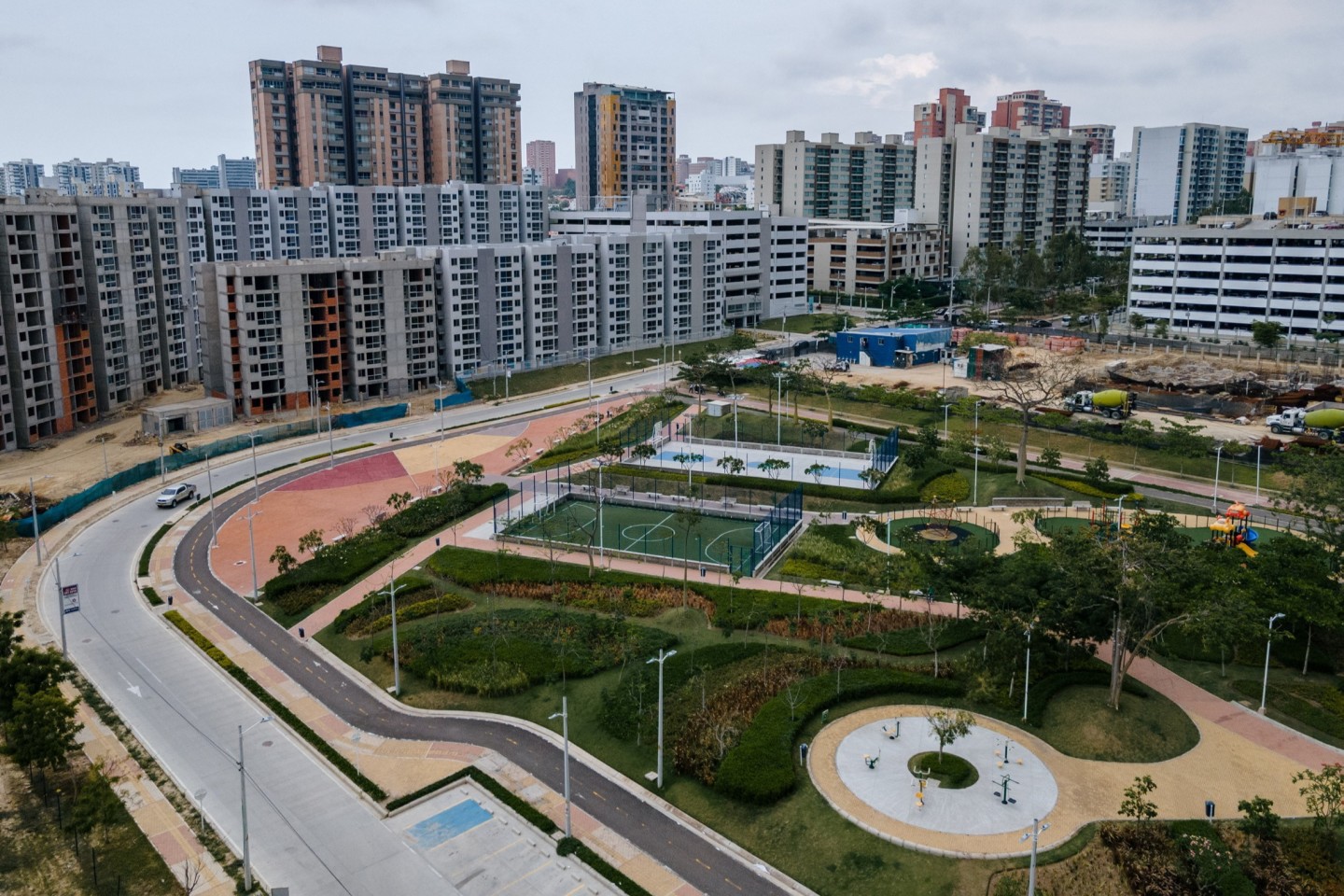
Roula Khalaf, Editor of the FT, selects her favourite stories in this weekly newsletter.
When Barranquilla mayor Jaime Pumarejo filed a lawsuit against Colombia’s federal government last year, it was all about protecting what he calls the city’s greatest natural asset: its biodiversity.
Pumarejo, who briefly served as the country’s minister of housing, city and territory in 2017, says the government is not doing enough to protect the Magdalena river from pollution before it reaches the wetlands near Barranquilla, on the northern coast of Colombia, and empties into the Caribbean Sea.
“The river is us,” he says. “We exist because of it, but we forgot about it and turned away from it.” The lawsuit is about “getting people to notice that if we clean up the river, we’re cleaning up the country, bettering people’s quality of life and finding a place where we can unite”.
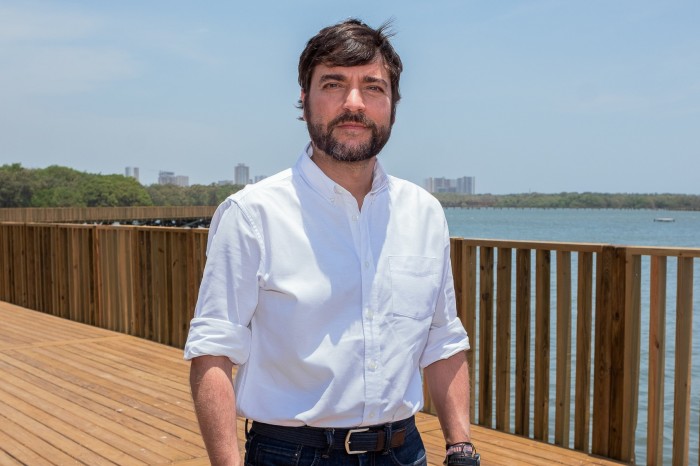
Known as the “Golden Gate of Colombia” for its port and industry, the city — founded in 1629 and now home to 1.2mn people — is shredding much of its industrialised past and seeking sustainable growth, in what the local government is calling a new era of greener urban development.
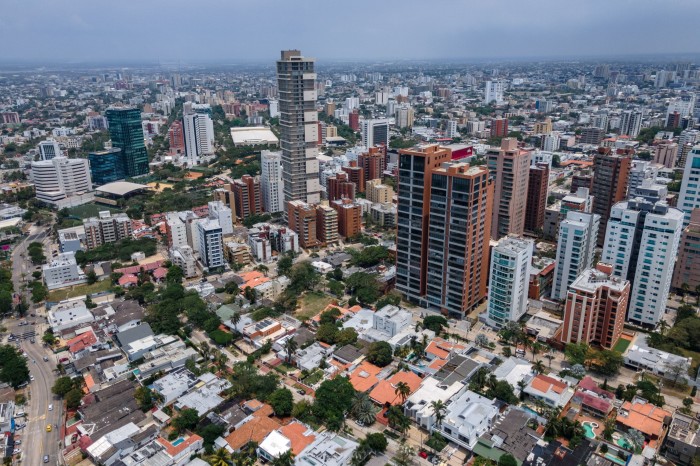
As part of an initiative by the World Economic Forum, called BiodiverCities by 2030, Barranquilla and more than 120 other cities in Latin America are trying to encourage a healthy balance between urbanisation and open green spaces that promote nature, sustainability and outside activity.
Elected as mayor in 2020, Pumarejo has continued the sustainable development projects laid out by previous administrations, including remodelling the Magdalena riverfront known as the Gran Malecón, revitalising the wetlands to the north-west of the city, and restoring and building new parks through a programme called Todos Al Parque.
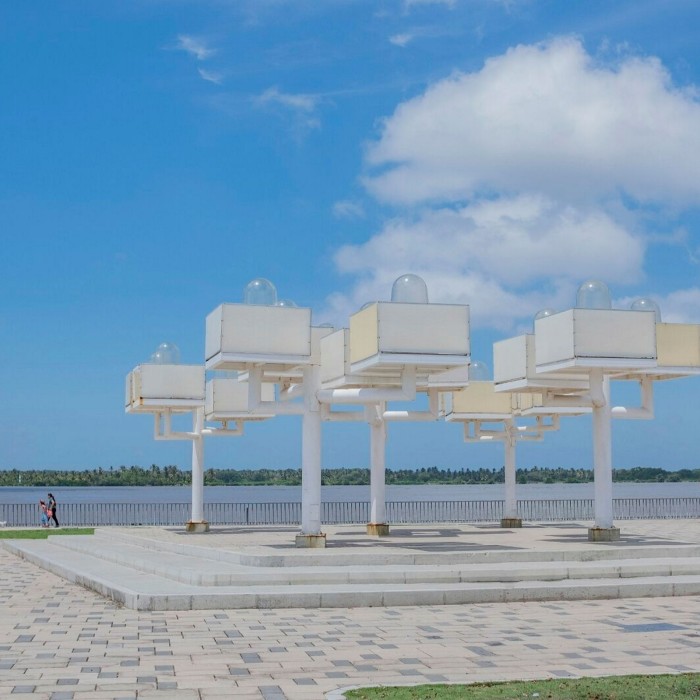
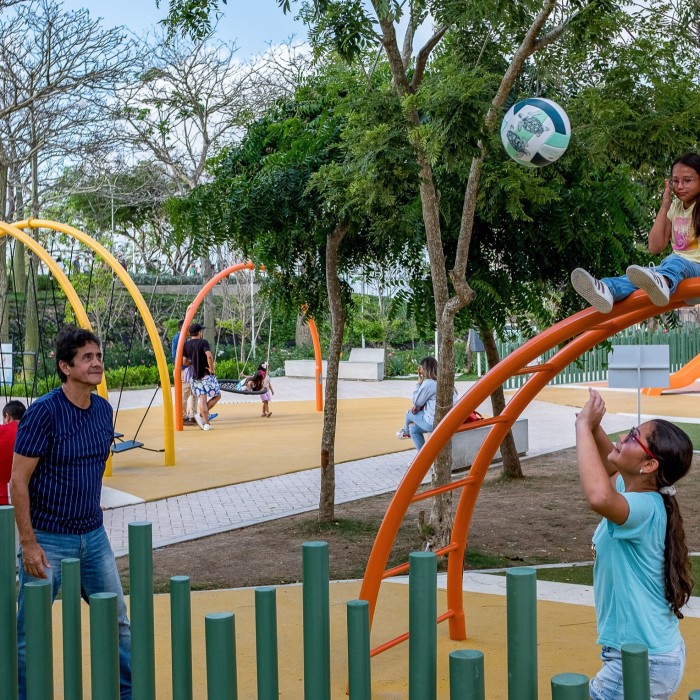
“When we started working on [the Gran Malécon], we just wanted to get people back to the river because it had become an industrial zone and we wanted to make them touch the river again, see it, feel it,” says Pumarejo. The local government reclaimed 5km of the riverfront for public use by offering companies incentives to move their operations elsewhere or to become integrated into the city’s plan, he explains.
The projects have been funded mostly by CAF, the Latin American development bank, but the mayor says partners such as the French Development Agency, the UK government, and the Inter-American Development Bank have also helped fund the city’s green agenda.
Today, as a result of the projects, 93 per cent of Barranquilleros live within an eight-minute walk of a park and, according to the mayor’s office, more than 10mn people a year pass through the Gran Malecón for sport, for a day out with their children, or to have a bite to eat.
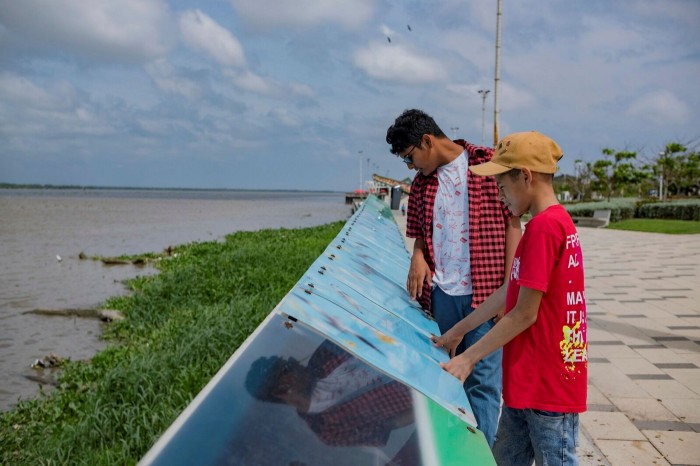
“In Colombia, nature is not a political debate and the preservation of nature is not a political debate — everybody agrees that we need to do something,” the mayor says.
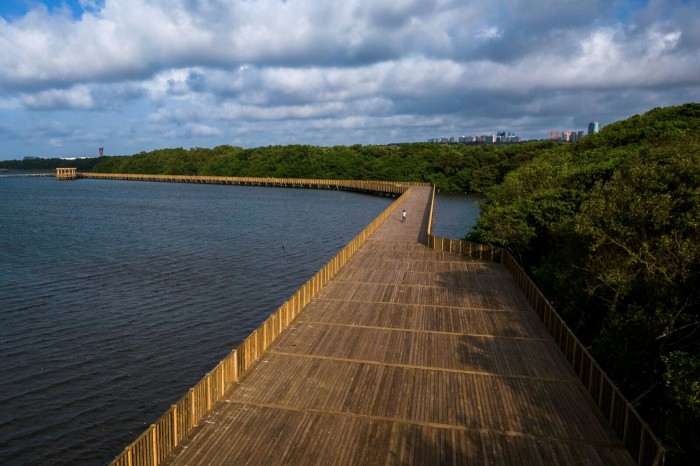
Formalised in 2022, BiodiverCities by 2030 guides cities towards nature-based approaches to development, says Diego Ochoa, director of external affairs at the Alexander von Humboldt Biological Resources Research Institute, a partner with WEF on the initiative.
According to WEF, investment opportunities in nature-based projects for infrastructure and land-sparing interventions in cities could together create more than 59mn jobs by 2030 — equivalent to 1.5 per cent of the projected global labour force in 2030, and roughly the size of Italy’s population today.
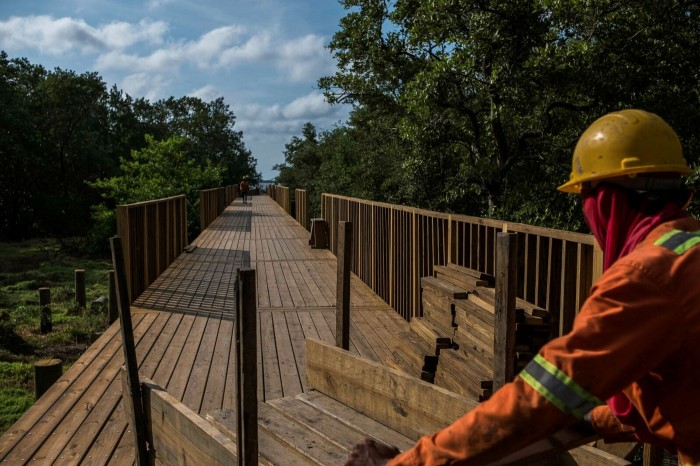
Pumarejo has also signed an agreement with the Danish offshore wind developer Copenhagen Infrastructure Partners for a 350MW offshore wind project, the first of its kind in Colombia.
Offshore wind could potentially bring in more than $27bn in investments and create 26,000 jobs by 2050, according to a government road map.
“Our role as Colombians is not so much in the reduction of CO₂ emissions because we are very low emitters. Our role is the preservation of our biodiversity,” Pumarejo says.
Hotel worker Sofia Pareja Galindo lives and works between Cali, in the south-west corner of the country, and Barranquilla. Originally from Bogotá, she moved to Barranquilla when she was 12 years old and, in 2021, graduated from the Universidad del Norte in graphic design.
“I am who I am because of Barranquilla,” says Pareja Galindo. Growing up in the city was fun, she says, because of its art scene and carnival.
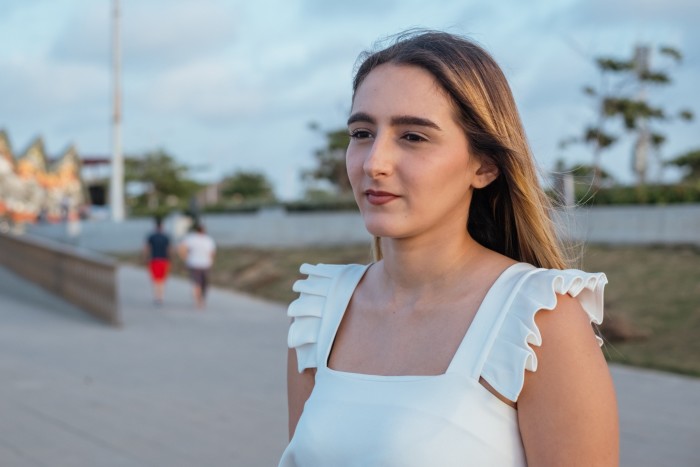
“It’s a really artistic city. If you don’t dance, you sing. If you don’t sing, you do theatre . . . you paint, whatever, but you have to do something that’s connected to the arts.”
Pareja Galindo likes the new parks because she says they link wealthy and poor areas and approves of how local authorities have redeveloped parts of the old industrial city. But she wants more wild protected areas in and around Barranquilla.
Orlando Almario, a 29-year-old software developer, agrees that the arts, culture, people and biodiversity of the city make it what it is today.
“There’s the saying in Barranquilla, ‘la tierrita es Bacana’,” he says, which roughly translates as “our land is really cool”.
“For me, especially working in the technological industry, being able to work for remote companies, it’s great. I get to stay where I was born. I get to keep sharing good things with my family and with the friends that I have made along the way.”
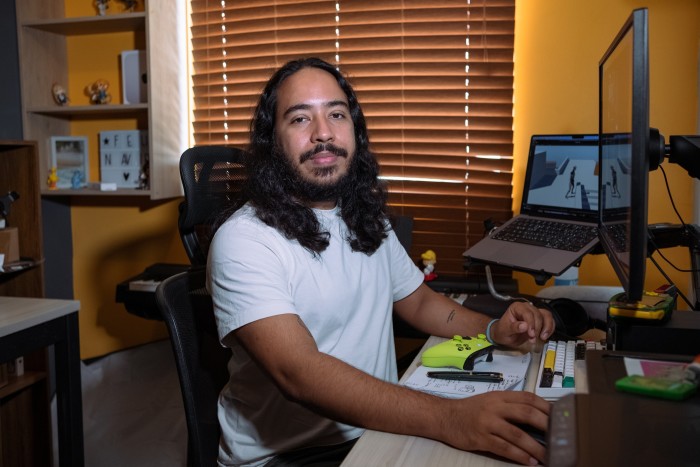
Almario says he likes the progress and growth of the city but does not attribute it all to the government.
“It’s the people,” he argues. “We Latin Americans, we’re hard workers. We want to be better than our parents and we want our children to be better than we are. We will just keep pushing for that, independently of whatever government we get.”
Kotchakorn Voraakhom, a Thai landscape architect and a visiting guest lecturer at Harvard University, believes everyone, no matter what generation they belong to, has a role in the future of the planet.
“The narratives need to be changed, rather than blaming those who come before [us],” she says. “We need the youth. We need their energy. We need their power. Most importantly, we have to empower them to act.”
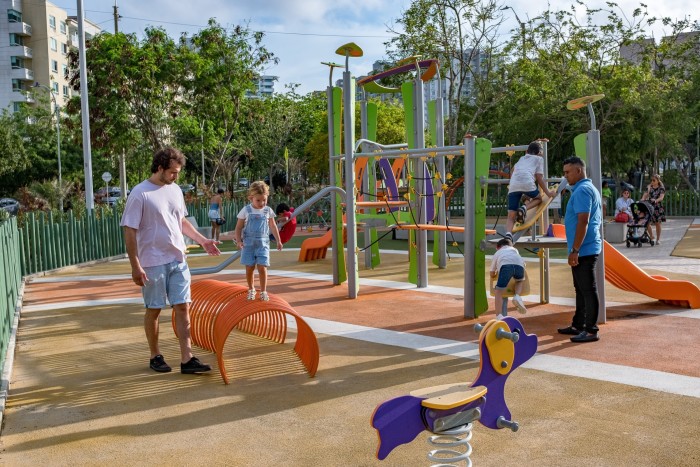
Voraakhom says young people need to play a greater part in making things happen. Some initiatives fail because of a lack of funds and too much bureaucracy.
Pumarejo agrees that bureaucracy is a challenge but stresses the importance of getting citizens involved:
“Take them to the places that you want to preserve and show them the things that you want to do,” he urges. “Build pilot projects. Build sustainable urban nurseries. And show them how to plant the tree.”
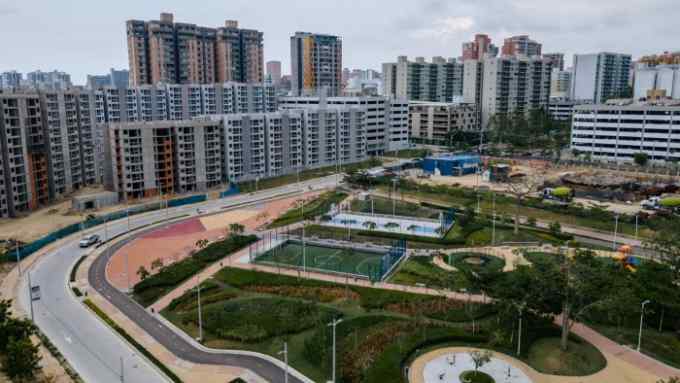
Comments